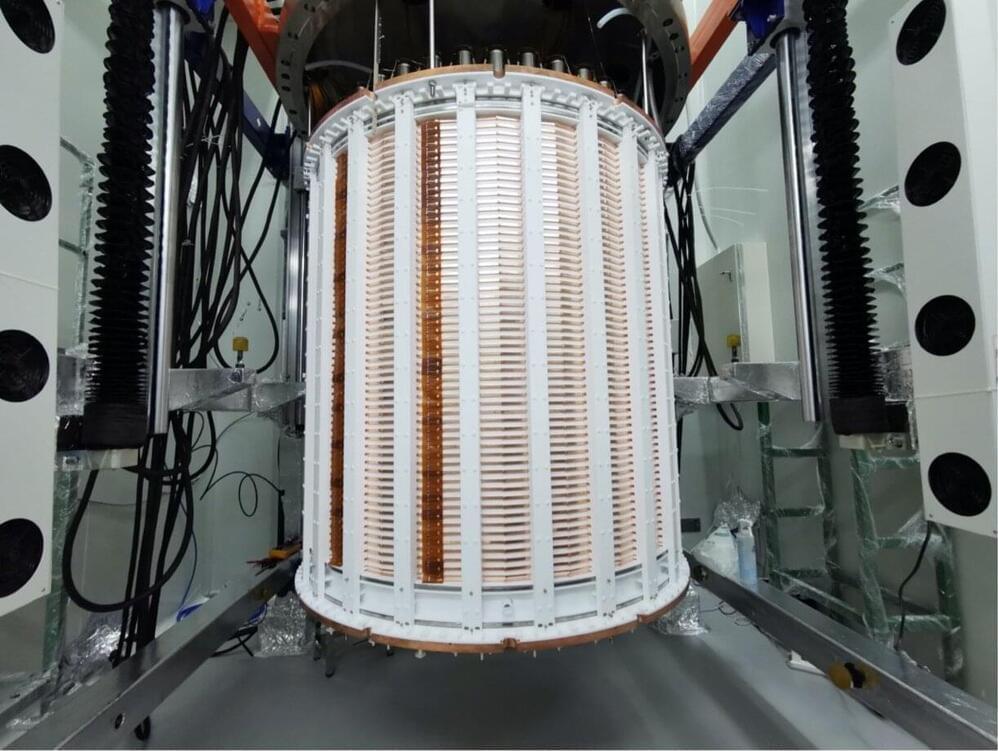Teams of astrophysicists worldwide are trying to observe different possible types of dark matter (DM), hypothetical matter in the universe that does not emit, absorb or reflect light and would thus be very difficult to detect. Fermionic DM, however, which would be made of fermions, has so far been primarily explored theoretically.
The PandaX Collaboration, a large consortium of researchers in China involved in the PandaX-4T experiment, has recently carried out a study aimed at extending the sensitive mass window for experiments aimed at directly detecting fermionic DM from above GeV to MeV or even keV ranges.
The team recently published two papers in Physical Review Letters outlining the results of the two searches for the absorption of fermionic DM using data gathered as part of the Panda X-4T experiment, a large-scale research effort aimed at detecting DM using a dual-phase time projection chamber (TPC) in China.
